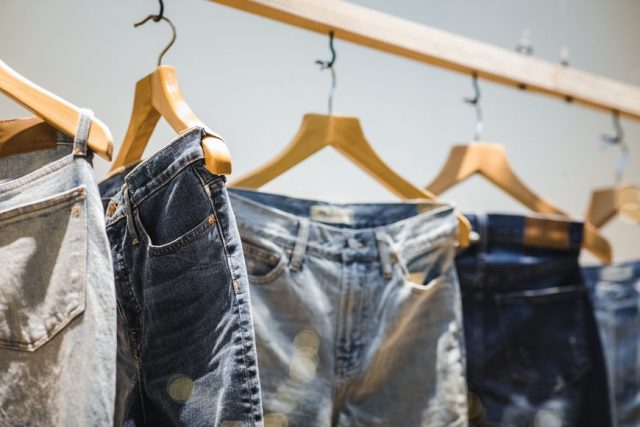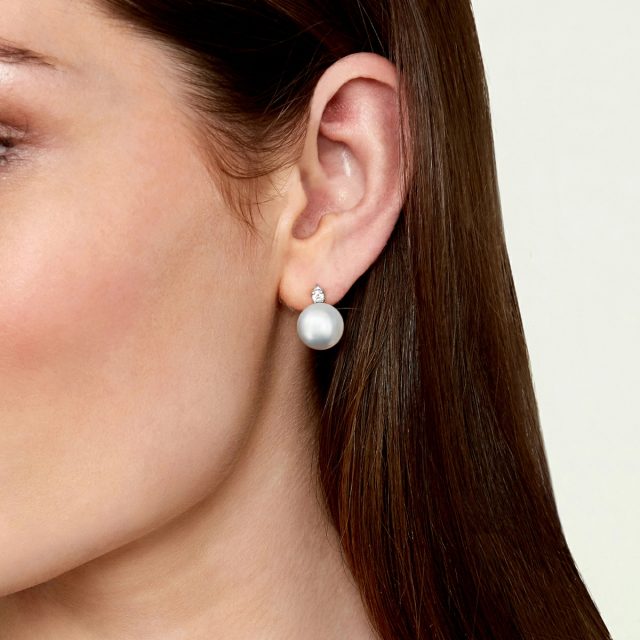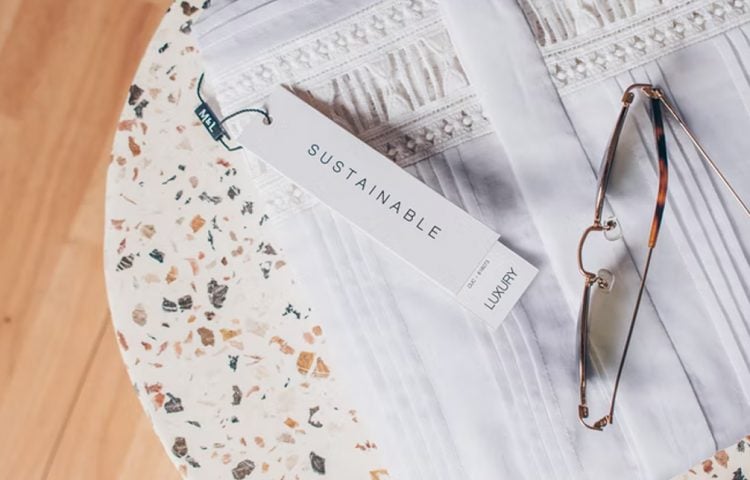Last Updated on July 25, 2023 by Carla Jonas
It seems like fashion trends (and items) are coming and going sooner than ever. Brands like Zara and
H&M churn out new styles and items at a pace that’s already hard to keep up with and newcomers like
Shein have brought “ultra fast fashion” to the masses. Shockingly, Shein releases 700-1,000 new items a day on their website. And as recently as June of last year, the brand became the largest fast fashion retailer in the US, beating H&M, Forever 21, and Zara. Trends come and go faster than ever (who heard of cottagecore, light academia or fairycore?). Like the below fast fashion facts show, the current clothing industry has major environmental impact that’s hurting the reputation of these companies and shifting consumer trends and behaviors. If these fast fashion companies don’t change their ways and move towards sustainable fashion, they’ll be massively contributing to climate change, excessive waste, and oceanic devastation.
Here’s how.
WATER

The fashion industry is one of the largest consumers of water by industry. Between production, maintenance, dying, cleaning, and shipping, every piece made by the fashion industry uses up a lot of water. This, alongside the use of synthetic fibers, is also contributing to the increased presence of microplastics in our oceans.
The fashion industry consumes 1/10 of all water used to run factories and clean products.
Around 35% of microplastics in the marine environment come from synthetic textiles.
From production to store delivery, it takes 3,781 liters of water to make and ship a pair of jeans.
Each year, the equivalent of 50B plastic bottles in the form of microfibers end up in the ocean as a result of washing clothes.
CARBON EMISSION
The fashion industry is also a huge emitter of carbon dioxide, contributing massively to the global climate change crisis. Because of their massive factories, wide-reaching supply chains, and use of natural products (much of which are wasted), the environmental impact can’t be understated.
The fashion industry is responsible for 8-10% of annual global carbon emissions.
By 2050, the fashion industry is expected to use 1/4 of the world’s carbon budget.
The equivalent of 1 garbage truck of clothes are burned or end up in a landfill each second.
In 2030, the fashion industry’s carbon emissions are expected to increase 50%.
FAST FASHION FACTS AND WASTE CULTURE

Fast fashion’s increasing speed of creating new items and establishing new trends and styles has led to a consumer culture of waste. By creating new styles at a low cost, consumers are much more likely to discard clothing and buy the hot new thing.
57% of discarded clothes and 85% of all textiles end up in a landfill each year.
Clothing production has doubled since the year 2000.
Synthetic fibers are used in 72% of clothing and take up to 200 YEARS to decompose.
Consumers buy 60% more clothes compared to 15 years ago but hold onto them for half as long.
ADOPT THE SLOW FASHION TREND
The best way to reduce the damage these companies are doing is to vote with your wallet. If consumers reject fast fashion and opt for longevity when shopping, companies will have no choice but to adapt to new consumer behaviors and desires.
Shop sustainably, take these fast fashion facts seriously, look for longevity in your fashion (think long lasting jewelry, high quality leather) and search for all-natural, sustainably made, or recycled items. And above all else, aim to buy items you’re likely to wear for years on end. Even if it costs more, you’ll be saving money by not having to buy the same kind of item season after season.

SUSTAINABLE JEWELRY SPOTLIGHT
If you’re looking for sustainable jewelry pieces, opt for timeless pearls. With their elegant and classic appeal and versatility, pearls truly stand the test of time. Discover our collections of Pearl Necklaces, Pearl Earrings, Pearl Bracelets and Pearl Rings and shop sustainably for jewelry pieces without an expiration date.
To learn more, read our full study on Fashion and the Impact on Environment and Waste below!
- Mens Pearl Jewelry: The Hot New Trend You Should Know About - July 14, 2022
- What are the odds? FINDING A NATURAL PEARL IN AN OYSTER - May 22, 2022
- Jewelry Facts and Fiction: Myths about Pearls and Gems Debunked - March 31, 2022

